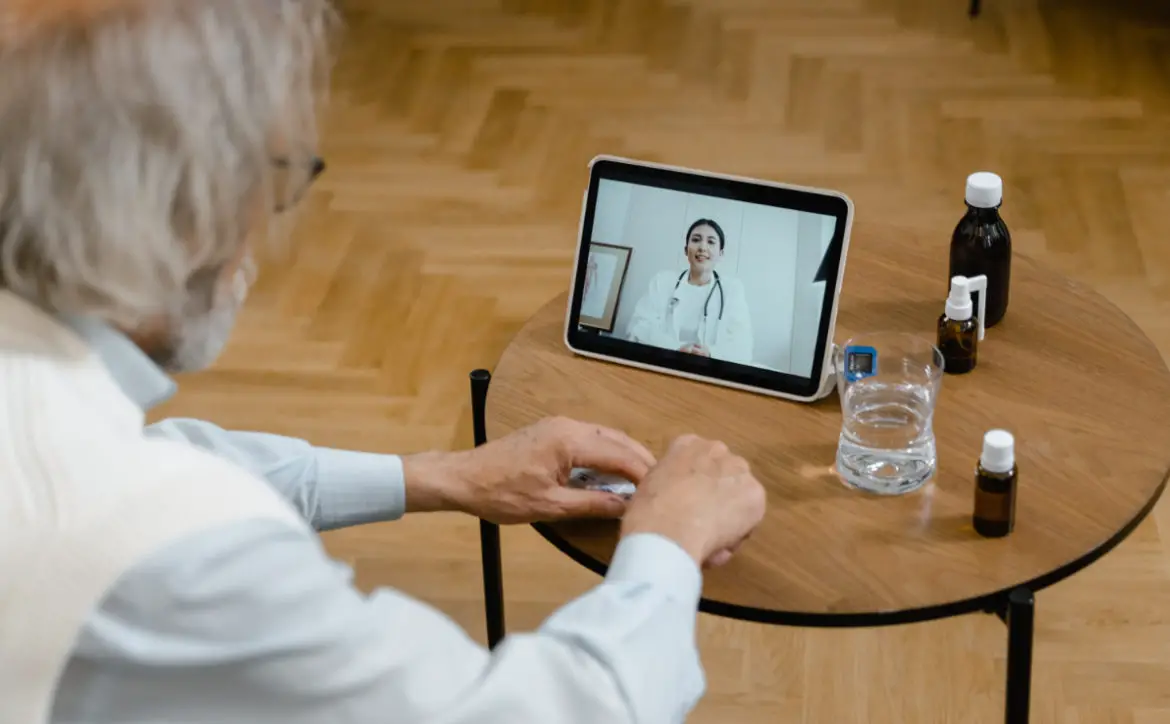According to recent estimates by the American Association of Medical Colleges (AAMC), the US could be facing a physician shortfall of more than 134,000 practitioners by the year 2034. And, in the face of the ongoing COVID-19 pandemic, that trend may only accelerate, as healthcare providers opt for early retirement.
Estimated reading time: 6 minutes
Not surprisingly, this significant and worsening crisis is taking a profound toll both on healthcare providers and their patients. Physicians are overworked and burnt out, resulting in decreased quality of patient care. Fortunately, however, there is hope on the horizon in the form of myriad technologies that are helping to mitigate some of the impacts of the physician shortage.
Artificial Intelligence (AI)
One of the most promising technologies for helping to mitigate the physician shortage is artificial intelligence (AI). The diverse and ever-expanding capabilities of AI are, in fact, enabling physicians to accomplish a myriad of tasks far more efficiently and effectively than ever before.
For example, AI voice assistant technology was introduced in 2021 to expedite record keeping. These technologies were aligned with existing electronic health records (EHR) to facilitate patient documentation while ensuring that practitioners adhere to federal regulations regarding the use of EHR.
But it is not only in the use of AI voice assistants to facilitate workflow and make the record-keeping process more efficient. AI technologies are also superb for supporting clinical decision-making. The increasing role of Big Data in healthcare has created a repository of billions of patient records which these AI systems harness both to devise accurate and timely diagnoses and to design evidence-based patient-centered treatment plans.
Because of AI technologies, physicians are less likely to have to spend hours researching potential diagnoses. And because AI technologies can instantly compare billions of data points when assessing patient records, the diagnoses and care plans they provide tend to be highly effective.
And not only is this better for patients, but it also relieves doctors of the time and effort needed to care for patients who have been misdiagnosed or whose diagnosis was delayed, resulting in more advanced disease and higher rates of complications.
AI is also increasingly being used to predict and manage workflows in the clinical environment. One of the most detrimental effects of the physician shortage is the toll that it is taking on the physical and mental health of caregivers. Doctors and nurses alike are contending with the harmful impacts of overwork, especially from repetitive tasks. Administrators can support overworked staff by automating these types of tasks, and one way to do that is via AI. Through AI’s predictive analytics, demand levels for each particular shift can be assessed with high levels of accuracy, enabling leadership to schedule accordingly. The result is a more manageable patient load for doctors and nurses alike.

Telehealth
In recent years, telehealth technologies have also shown immense potential in relieving the detrimental effects of the physician shortage on patients and care providers alike. Though these technologies are by no means new, their popularity surged in the wake of the pandemic, as healthcare providers, public health officials, and government leaders alike turned to the technologies not only to protect patient populations by keeping them out of the clinics and safe at home but also to help relieve an overburdened healthcare system deluged by coronavirus patients in need of critical care.
Telehealth technologies, in fact, encompass a wide array of systems and applications, from mobile health devices and wearables designed for remote patient monitoring to telemedicine platforms enabling clinicians to provide quality care via video conference, telephone, and even text.
These capabilities are alleviating some of the most significant challenges associated with the physician shortage in a myriad of ways. First of all, the proliferation of secure, reliable, and highly functional wearables enables doctors to acquire the patient data they need without calling them into the clinic or hospital, thus significantly reducing the amount of time and resources required for such monitoring.
Best of all, because the patient’s vitals are being tracked in ordinary conditions, rather than the stressful environment of the clinic, the data that result are likely to be far more representative of the patient’s status. Thus, doctors benefit from yet another technology to make diagnosing the patient more efficient and more accurate.

Increasing Supply to Meet Demand
Today’s significant and worsening physician shortage can be attributed to a range of factors. Not only as doctors retiring at a rapid rate, particularly in the aftermath of the pandemic, but patient demand is surging. After all, not only is the global population aging, but medical technologies are also increasing life expectancy. At the same time, the global population is growing more obese and sedentary. And that means that the population is growing both older and sicker, increating the need for qualified physicians at a time when they are leaving the workforce in droves.
Once again, though, technologies are emerging that promise to relieve the supply and demand bottleneck. In recent decades, the number of new doctors has been grossly insufficient to meet surging demand and to overcome attrition rates.
Today, however, technologies are emerging which are helping to accelerate the rates at which aspiring doctors can complete their training and start practicing. For example, virtual reality (VR) systems are now being used in medical simulations, helping physicians-in-training to master the skills they need far sooner than would be possible in more traditional approaches to training, which often require student doctors to compete for time in the laboratory or clinic.
But it’s not only medical education technologies that are helping to increase the supply of new doctors entering the field. Human resources (HR) automation tools are enabling qualified candidates to be screened, recruited, and onboarded at unprecedented speed. And this ensures that not only are emerging doctors ready to practice sooner but also that health systems in need of clinicians can find and retain them faster.
The Takeaway
The ongoing physician shortage has taken its toll on healthcare providers and patients alike. But there is hope in the wide array of technologies available to help mitigate the effects of the shortfall. AI technologies, for instance, are making diagnosis and treatment more efficient and effective. At the same time, telehealth technologies have enabled remote patient monitoring and care, reducing the amount of time and resources required. Finally, technologies are emerging to increase the number of new doctors entering practice, including VR systems to expedite medical training and HR tools to accelerate recruiting.
What do you think? Please share your thoughts on any of the social media pages listed below. You can also comment on our MeWe page by joining the MeWe social network.










